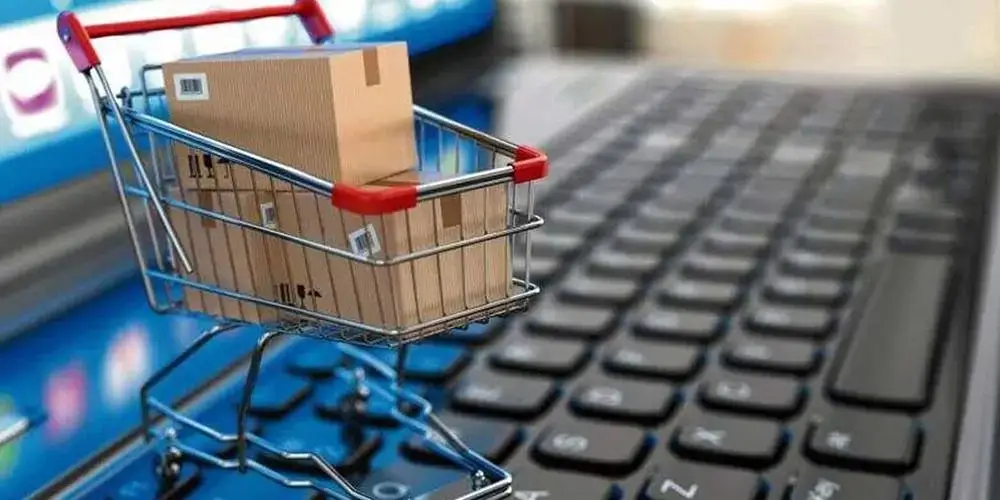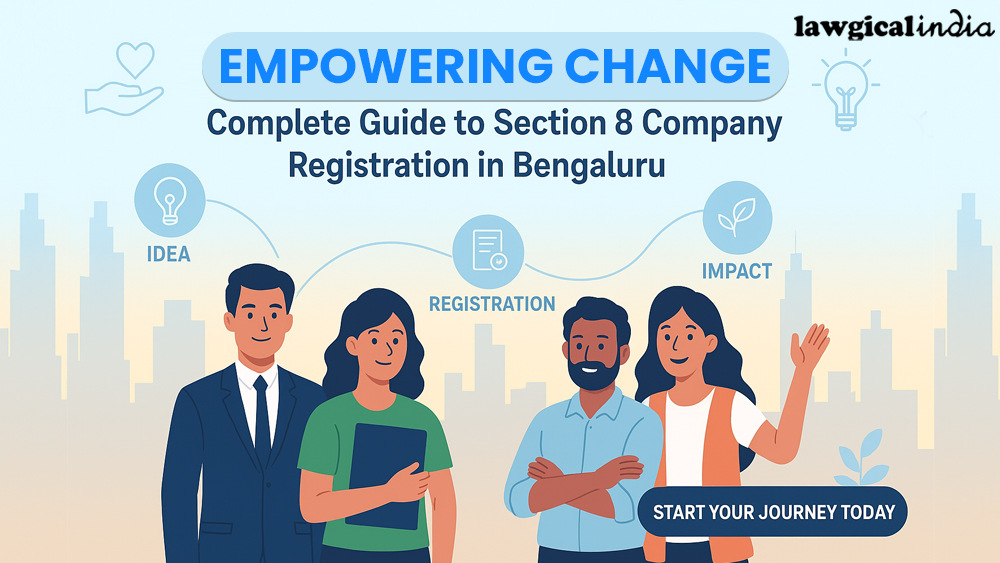GST has a significant impact on eCommerce in India. With more and more commerce taking place online, the government has created special provisions and regulations that E-Commerce businesses must follow under GST. GST Registration for E-Commerce is covered in this blog.
What is an E-Commerce Business?
Online sales of products and services are known as e-commerce. Using electronic payments, customers visit the website or online store to make purchases. When the merchant receives the payment, the product is shipped, or the service is rendered.
Why E-Commerce?
E-commerce connects local sellers to global audiences, allowing them to expand their reach across global market segments without making additional investments. Consumers are provided with a vast range of options for procurements. It makes it easier to conduct business around the clock.
How does e-commerce work?
E-commerce operates on the same principles as traditional retail. Customers visit your online store, browse the products, and then make a purchase. The main difference is that they don't have to get up from their couch, and your customers aren't limited to a specific geographic area or region.
When you run an e-commerce website, you go through the same process whether you're selling running shoes or home supplies:
- Take the order- The customer orders from your website or e-commerce platform. You will be notified that an order has been placed.
- Process the order- The payment is then processed, the sale is recorded, and the order is marked complete. Payment transactions are typically processed through a payment gateway, which can be thought of as the online equivalent of your cash register.
- Ship the order- This is the final step in the e-commerce process. If you want to return customers, you must guarantee prompt delivery. Customers are accustomed to receiving items within two days as a result of Amazon.
Types of E-Commerce
The various types of e-commerce platforms are as follows:
Business-to-Business (B2B):
A B2B business model involves the exchange of goods and services between two or more companies. Traditional wholesalers and producers who deal with retailers are common participants in such trade channels.
Business-to-Consumer (B2C):
The business-to-consumer is a business model that focuses on the retail elements of e-commerce, i.e. the sale of goods/services to the final consumer via digital channels. The facility, which has completely revolutionized the business world, enables consumers to thoroughly review their desired purchases before placing an order. Following the placing of such orders, the business/agent receiving the order will deliver the goods to the customer on time. Well-known companies operating in this channel include Amazon, Flipkart, and others. Comparing this method of purchase to the conventional one, consumers have found it to be more advantageous because it gives them access to useful information that can help them make the right choices.
Consumer-to-Consumer (C2C):
A consumer uses this business model to sell used goods and services to other consumers via the digital medium. Transactions are conducted through a platform provided by a third party, such as OLX, Quickr, and others.
Consumer-to-Business (C2B):
The exact opposite of a B2C model is a C2B model. While the latter is provided to the consumer by a business, the C2B model allows end users to sell their products/services to businesses. The method is popular in audience projects, such as logo design, the sale of premium photographs/media/design elements, and so on.
Business-to-Administration (B2A):
This model enables online transactions between businesses and public administration, i.e. the government, by allowing information to be exchanged via central websites. It provides a platform for businesses to make an offer on government chances, such as auctions, tenders, application submissions, and so on. The purpose of this model has now been expanded as a result of investments in e-government.
Consumer-to-Administration (C2A):
The C2A platform is intended for consumers to use in order to request information or provide feedback about public organizations directly to government authorities/administration.
Its application areas include:
- The dissemination of knowledge.
- Distance education.
- Statutory payments are remitted.
- Tax returns must be filed.
- Seeking appointments, learning about illnesses, paying for health services, and so on.
Concept of Time of Supply
The responsibility to deposit GST to the government arises at the time of supply under GST. The time of supply is usually the earliest of the three events, which are receiving payment, issuing an invoice, or accomplishment of supply. However, depending on the nature of the transaction, the time of supply may differ in some cases.
Time of Supply for Goods- Goods are supplied at the earliest of the following times:
- The date on which the Supplier published the invoice.
- The deadline for the taxpayer to issue an invoice for the supply.
- The date when the Supplier is paid for the supply.
- Time of Supply for Services- Depending on which is earlier, the time of supply for services is:
- When the supplier issues the invoice, it will do so 30 days after the service was rendered or the date on which payment was received, whichever came first.
- The day the service was rendered, if the supplier does not submit the invoice within 30 days of the service, or the day they receive payment, whichever comes first.
- The date on which the recipient records receipt of services in his books.
- E-Commerce Business Commission Charged
- Because of the fierce competition, commissioning through the sale of a product on an e-commerce platform is now considered negligent.
- In reality, when people sell products on e-commerce platforms, it is the platform owner who profits, not the seller.
- This theory doesn't apply to well-known brands sold at full price on platforms.
Conclusion
E-commerce activities appear complicated because many activities occur concurrently. When a person buys something from Amazon, two transactions take place at the same time. The supplier sells goods via an e-commerce site, and the e-commerce site sells services to the supplier. Both transactions are handled differently and, by definition, are subject to GST. TCS Terms take effect at the end of each month when the e-commerce operator relays feedback from the supplier of goods or services. Let Lawgical India help you with GST registration!











